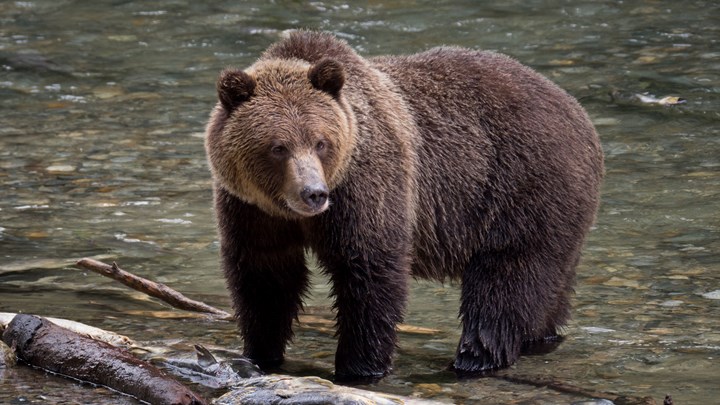
by Cody McLaughlin - Tuesday, September 26, 2023

It happened again at Yellowstone National Park. Yet another outdoor enthusiast has been mauled to death by a greater Yellowstone area grizzly, a member of the same population that has been the subject of both so much controversy and the cause of so much negative human-bear interaction in recent years.
Juxtaposed to the breathtaking wilderness of Montana, this latest tragedy struck hiker Amie Adamson of Kansas near Yellowstone National Park, whose body was found on the Buttermilk Trail just west of the park. Adamson’s death should serve as a chilling reminder to animal rights extremists and the policymakers who kowtow to their unreasonable demands of the unpredictable and potentially deadly encounters outdoors people experience when wildlife science is ignored and we refuse to manage apex predators like grizzly bears. Adamson, an adventurous soul who had dedicated her life to exploring the great outdoors, met a grim fate when her encounter with a grizzly bear turned fatal, shedding light on the urgent need for a balanced approach to manage the recovered Greater Yellowstone Ecosystem (GYE) grizzly bear population through hunting.
Adamson’s mother, Janet, posted to Facebook about her daughter’s death, saying, “This is probably the hardest thing I’ve ever had to put on here. Yesterday morning we lost our beautiful, smart, talented daughter, Amie. Our firstborn.”
The question we have before us, then, is when will enough be enough?
The science, meanwhile, is clear. According to a U.S. Fish and Wildlife Service (USFWS) press release as recently as March of this year, two separate petitions filed by Gov. Greg Gianforte of Montana and Gov. Mark Gordon of Wyoming sought in recent years to remove the recovered grizzly bear from Endangered Species Act (ESA) protections. As covered by this NRA Hunters’ Leadership Forum website, it indicated that the GYE may qualify as its own distinct population segment (DPS) and may warrant removal from the list of federally protected endangered and threatened wildlife species.
Meanwhile, anti-hunting extremist organizations have for years touted unfounded concerns that delisting the grizzly bear could lead to threats to its population due to the increase in legal, regulated hunting. Never in the history of the Pittman-Robertson Act of 1937—commonly known as the Federal Aid in Wildlife Restoration Act—led to any wildlife species’ decline, yet extremists continue to threaten legal action against the states and the federal government and push their unscientific and emotional demands.
About the Author
Cody McLaughlin is a noted conservationist and conservative thought leader on public policy issues including hunting, fishing, gun rights, free-market tax and wage policy and the environment. He recently launched Trout Stream Studios as an executive producer for podcasts and livestreams in the hunting and veterans’ affairs spaces, including for the popular Blood Origins podcast and the Veterans’ Affairs Administration’s National Center for PTSD. An advertising consultant for conservative political causes, he also serves on the board of the Alaska Outdoor Council, the Last Frontier’s state NRA affiliate, and is a former board member and lead spokesman of the New Jersey Outdoor Alliance.
E-mail your comments/questions about this site to:
[email protected]
Proudly supported by The NRA Foundation and Friends of NRA fundraising.
